
The phenomenon of synchronised colonising flights is common among the world's 3,000 or so termite species. On a suitable evening - typically between February and June in West Bengal, north-east India - winged males and females known as alates emerge in their hundreds or even thousands from a mature colony, briefly flying towards light before selecting a sexual partner. Each pair lands, sheds their wings and finds a suitable site for a nest, perhaps in a crevice. They then mate and begin the process of establishing a new colony. To capture both movement patterns and body details of alates swarming beneath street lights in my home town, Cooch Behar, I used a slow shutter speed with a low-intensity flash explains photographer Ripan Biswas. After a lot of adjustments, finally I captured this image.
Deadly cousin
Despite their ant-like appearance, termites are actually more closely related to cockroaches, and belong to the same insect order, Blattodea. That doesn't stop those larger, faster predators from hunting their cousins. This cockroach was one of many feasting on termites that congregated under a lightbulb on the floor of a cowshed, explains Ripan.
Easy pickings
Each alate is focused on following a light source and finding a mate, so pays little attention to where it lands - even settling on predators such as this Asian common toad, hungry after emerging from hibernation in April. “The amphibian quickly filled its mouth with termites, but still they landed on its body and even its eyes, Ripan recalled. The toad's bemused look seems to reflect the situation.
On guard
هذه القصة مأخوذة من طبعة March 2022 من BBC Wildlife.
ابدأ النسخة التجريبية المجانية من Magzter GOLD لمدة 7 أيام للوصول إلى آلاف القصص المتميزة المنسقة وأكثر من 9,000 مجلة وصحيفة.
بالفعل مشترك ? تسجيل الدخول
هذه القصة مأخوذة من طبعة March 2022 من BBC Wildlife.
ابدأ النسخة التجريبية المجانية من Magzter GOLD لمدة 7 أيام للوصول إلى آلاف القصص المتميزة المنسقة وأكثر من 9,000 مجلة وصحيفة.
بالفعل مشترك? تسجيل الدخول

SNAP-CHAT
Justin Gilligan on giant spider crabs and holding hands with an octopus
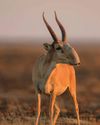
STEPPE CHANGE
Herds of saiga have returned to Kazakhstan, but there's a fine balance to tread
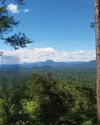
TREES FOR LIFE
Community is at the heart of conservation in the tropical forests of southern Belize
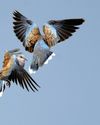
WHEN DOVES CRY
Turtle doves are now the UK's fastest declining bird species, but the RSPB is on a mission to save them

SURVIVAL OF THE CUTEST
We can't help being drawn to cute creatures, but our aesthetic preferences both help and hinder conservation
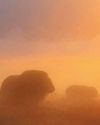
LIGHT ON THE NORTH
Spectacular images of Arctic foxes, reindeer and musk oxen reveal the wild beauty and diversity of Scandinavia
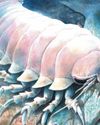
ROLLING IN THE DEEP
The super-sized crustacean that lives in the deepest, darkest ocean
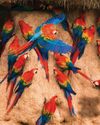
LET'S GET TOGETHER
Clay licks deep in the Amazon explode in a riot of colour, with macaws the stars of the show

FEMALE OF THE SPECIES
To sponge or not to sponge? That is the question for the bottlenose dolphins (Tursiops aduncus) living in Shark Bay, Western Australia.
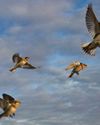
7 nature encounters for the month ahead
WITH NATURALIST AND AUTHOR BEN HOARE